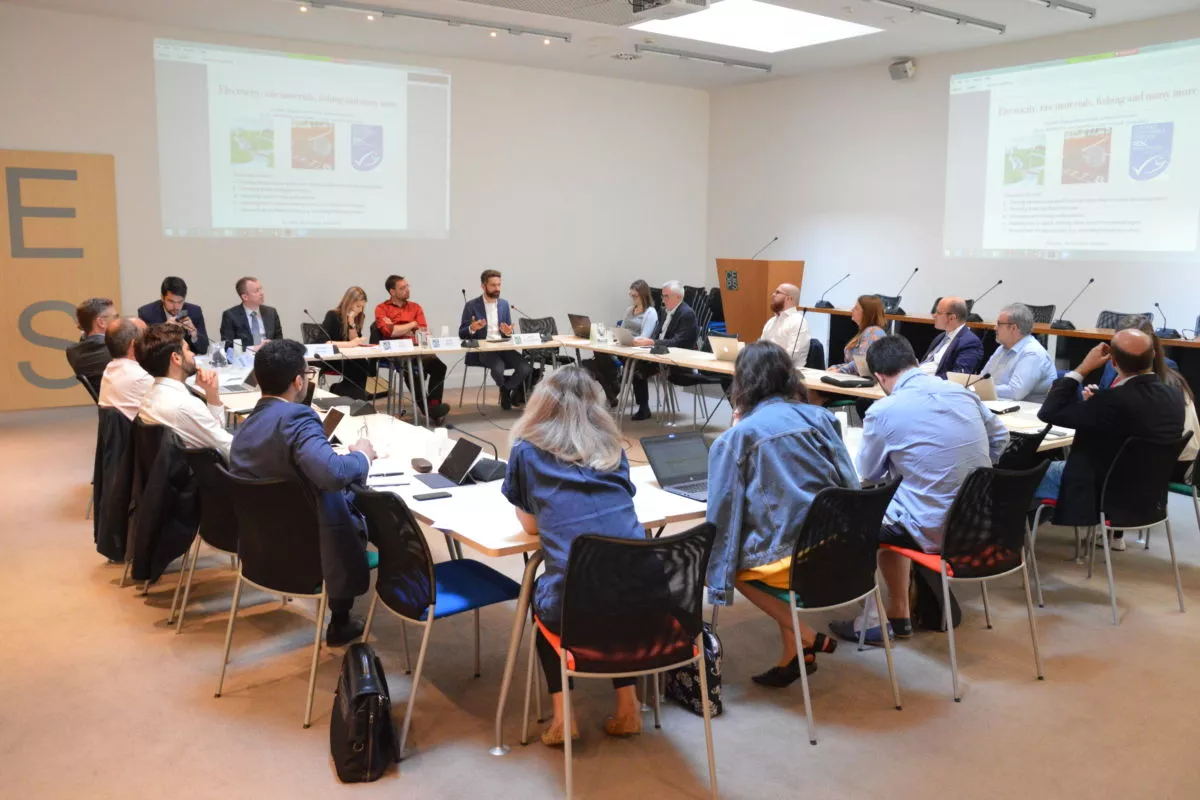The overall level of education and more precisely the skills, abilities and creativity of European citizens constitute a key determinant for European competiveness. On this point the official EU institutions and economists agree. This is one of the reasons why the Europe 2020 strategy has put the tertiary graduation rate as one of its five headline targets. However, whereas the Europe 2020 goal of a tertiary graduation rate of 40% (among the 25-34) year old ones has prominently covered the quantitative side of investments of human capital, it has failed to cover the importance of the quality side of human capital. In this respect, the Task Force will analyse both, the EU’s quantity and quality of human capital in comparison to the US and China. The following four sets of questions should be considered as being of primary importance to answer.
1. How has the quantity (tertiary graduation rate among those aged 30-34) of educational performance been evolving during the last decade, how is it performing recently and how will it perform in the future within the European Union? In comparison to the EU, how has it evolved in the US and China? When measuring the quantity of tertiary education, should one also focus on some indicators from the realm of upper-secondary education, for instance the “Dual System” in Germany and Austria which combines school and company based training?
2. When exploring the quality of European universities why are EU universities performing poorly in contrast to US universities? In which dimensions do they lack competiveness in comparison to the US (and China)? Are the existing university rankings adequate to rank international universities or are they flawed?
3. What are the real obstacles to establishing a functioning ERA? With ERA being unable to unleash its real potential in efficiency and economy of scale, will the European university system ever be able to close the quality gap to US universities?
4. In contrast to the US, why is the EU less able to attract the smartest and talented researchers from non-OECD countries, here in particular Asia? Could this be linked the lack of quality of the EU’s university system?
The Task Force will create a process where issues can be analysed in an open structured discussion and will publish an authoritative analysis leading to concrete policy recommendations which will be disseminated to national and European policymakers.
Chair:
Jan-Eric Sundgren, Executive Vice President Public & Environmental Affairs, Volvo; former President of Chalmers University of Technology in Gothenburg
Lead Rapporteur: Felix Roth, Research Fellow, CEPS; Postdoctoral Lecturer & Editor of Intereconomics
Meetings:
• 1st: 16 April 2013 – Evolvement of the Quantity of Tertiary Graduation – Comparison EU, US and China
• 2nd: 18 Sept. 2013 – Evolvement of the Quality of Tertiary Education – Comparison EU, US and China (Agenda)
• 3rd: 11 December 2013 – Obstacles to the functioning of the European Research Area (Agenda)
• 4th: 18 February 2014 – Brain-Draining Asia – Why is the EU lacking behind the US?
• 5th: 12 May 2014 – Draft Report Presentation and Discussion
Click here to download the Task Force report: How to keep a competitive edge in the talent game: Lessons for the EU from China and the US
Prospectus (incl. Registration Form)






